Nature Unlocked
The Landscape Ecology Programme at Wakehurst: researching the value of UK biodiversity to inform nature-based solutions to critical challenges such as climate change and food security.

The UK is facing three major environmental threats: biodiversity loss, climate change and land use change.
Without action, the combination of these threats will result in catastrophic consequences for nature, the economy, and our way of life.
So how can we ensure that the actions we take are not only rapid and large-scale, but also effective and long-term?
Introducing Nature Unlocked
In 2021, we launched Nature Unlocked, the Landscape Ecology Programme at Wakehurst.
This major research project sees Kew scientists use Wakehurst’s rich landscape as a ‘living laboratory’ to collect high-quality scientific evidence on the value of UK biodiversity – the diversity of all living things (plants, fungi and animals).
With this strong scientific data, our scientists can inform and influence the land management policies and practices created by key decision makers.
In turn, this offers government bodies, businesses, communities and landowners effective nature-based solutions to environmental and social challenges.
Get involved
Want to take part in a new wellbeing study? Find out how you can join our Noticing Nature research project.
We're uncovering answers to the following questions:
Science in action
At Wakehurst, our scientists are researching various areas to understand how our habitats work – exploring the services and benefits biodiversity provides.
From fungi networks that encourage carbon storage in soil to pollinator behaviour across habitats, we're asking the questions needed to increase the resiliency of UK ecosystems.
1. How can we accurately measure carbon storage in different habitats?
We know that trees absorb carbon, but we’re exploring how a combination of different plants and fungi could help store even more, mitigating the impact of climate change.
Our research has been divided into above and below-ground studies. In the soil, we’re digging for answers to understand the role that mycorrhizal fungi play in carbon storage. We’re using a range of techniques to look at the DNA within soil samples, to measure not only the carbon, but also other factors that can affect fungi and their contribution to the ecosystem.
'Mycorrhizal fungi are the main organisms driving carbon storage – we can test how different proportions and types of these fungi affect sequestration both in the soil and above ground.' –Mycologist Dr. Laura M. Suz


Above ground, our Spatial Analysis experts are surveying the entire Wakehurst site using state-of-the-art drones to collect high-resolution imagery.
Combined with LiDAR scanning on the ground, data will be used to construct digital models of the terrain and trees to assess the amount of carbon stored within.
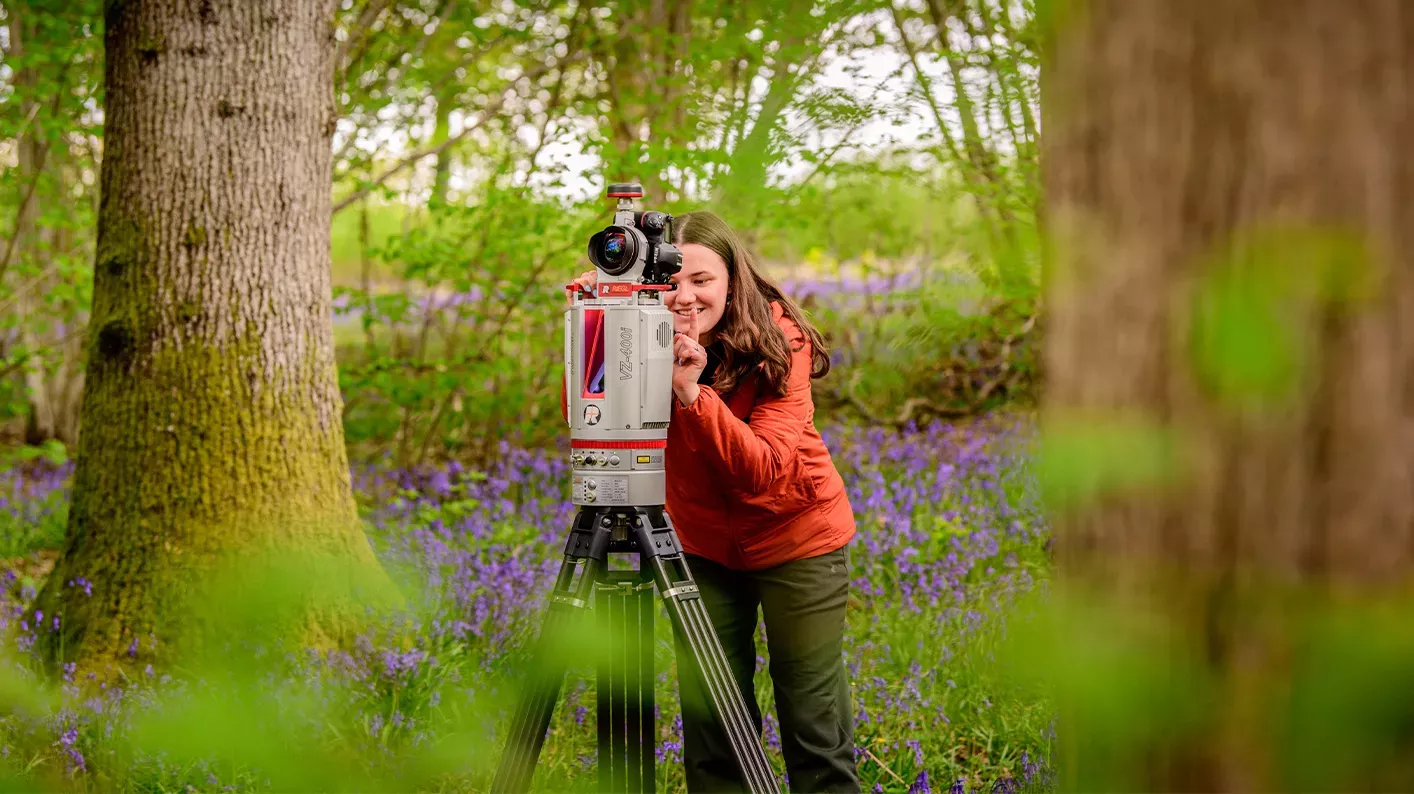
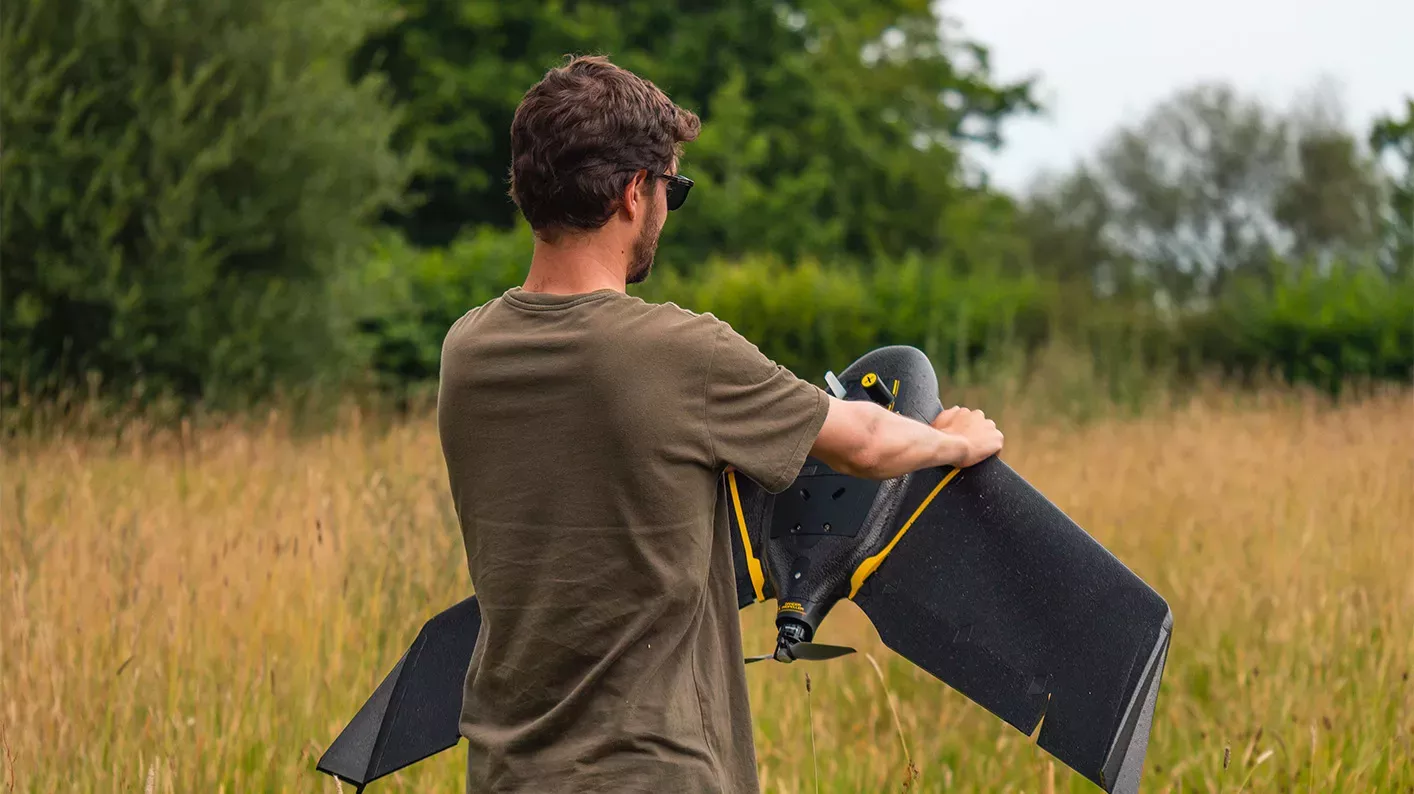
2. How does carbon move through landscapes?
The gas flux research, led by Dr Gary Egan, looks at the connection between soil and sky. Using high-tech gas flux sensors, he’s measuring how much carbon dioxide and other greenhouse gases are released from the soil.
By comparing data across different habitats, our scientists will assess which ecosystems offer the most benefits in terms of carbon storage, and also protect biodiversity across the UK.
'Soil stores more carbon than the atmosphere and vegetation combined, and this is where we can find the most dynamic flux of carbon. We now need to manage our ecosystem assets to reduce the flux of carbon dioxide and other greenhouse gases.' – Dr Gary Egan

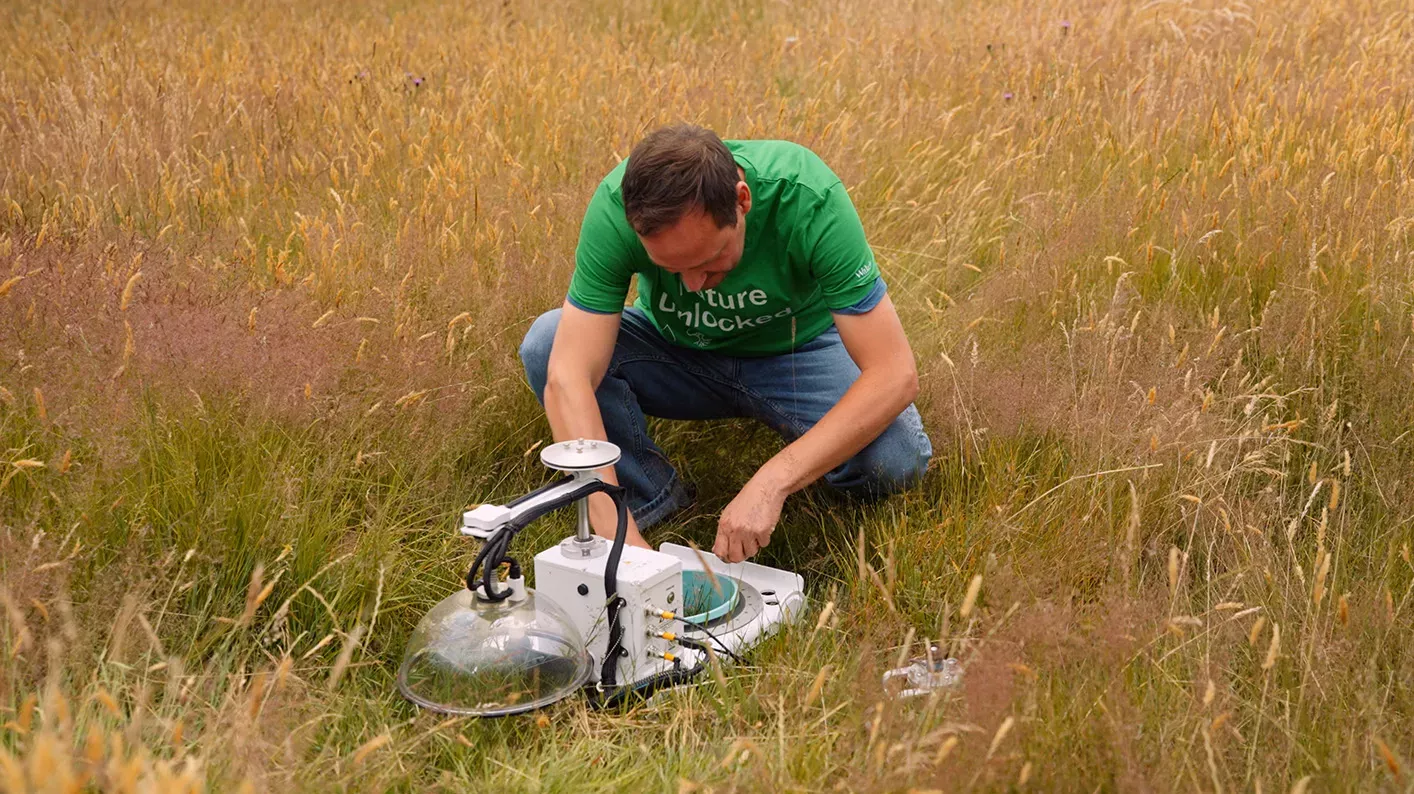
3. How do we improve pollinator diversity and promote healthy habitats?
We are also studying the behaviours of wild bees: what plants they are visiting, and the wider role pollinators play in ecosystem function.
In the first part of this research, we looked at whether UK pollinators are attracted to, and supported by, non-native plants by comparing pollinator diversity on Coronation Meadow with the American Prairie. This is important to know, as we rely on pollinator services for benefits such as pest control and crop pollination.
As a wild botanic garden, our landscape offers a variety of non-native species. Our research has shown that these species are important for UK pollinators as they flower later than native meadows, extending the nectar resources beyond a typical season.
Now, our research lead Dr. Janine Griffiths-Lee is looking to understand the role that trees play for our pollinators, linking the diversity of plants to the diversity of pollinators. Understanding this largely unstudied area will provide recommendations for the best plants and trees for our bees.
To gather this important data, we’re calling on visitors to become citizen scientists and use their observations in the landscape for our research. We’ve curated a Trees for bees walk across the gardens, so pick up a guide on your next visit and take part.

4. Which habitat has the biggest impact on our wellbeing?
It's proven that being in nature is good for us, but now we’re collecting scientific data on what it is about being in the natural world, especially rich biodiverse habitats, that improves our wellbeing.
The first phase of our Nature Connectedness research included a brand-new study with over 1,000 school children, who were taken on nature walks in one of three different habitats: meadows, wetlands and woodlands. This was followed by post-visit surveys and guided drawing, which all led to exciting preliminary findings.
Early results indicated that Coronation Meadow, representing meadow habitats, inspired the highest connection with nature. That means that those who spent time in meadows showed fewer symptoms associated with anxiety.
Our grasslands could be the key to the wellbeing of the next generation.
The next phase is underway, as we carry out exciting studies with our members to investigate the role that technology plays in our connections with nature.
'This research is a melting pot of exciting opportunities, and our diverse landscape is such a unique place to undertake these surveys. We’ll then be able to use this data to work with landowners to develop landscape designs that are thought-through and beneficial. These can then be replicated nationally and even internationally to improve our wellbeing through nature' – Research Lead, Lorraine Lecourtois
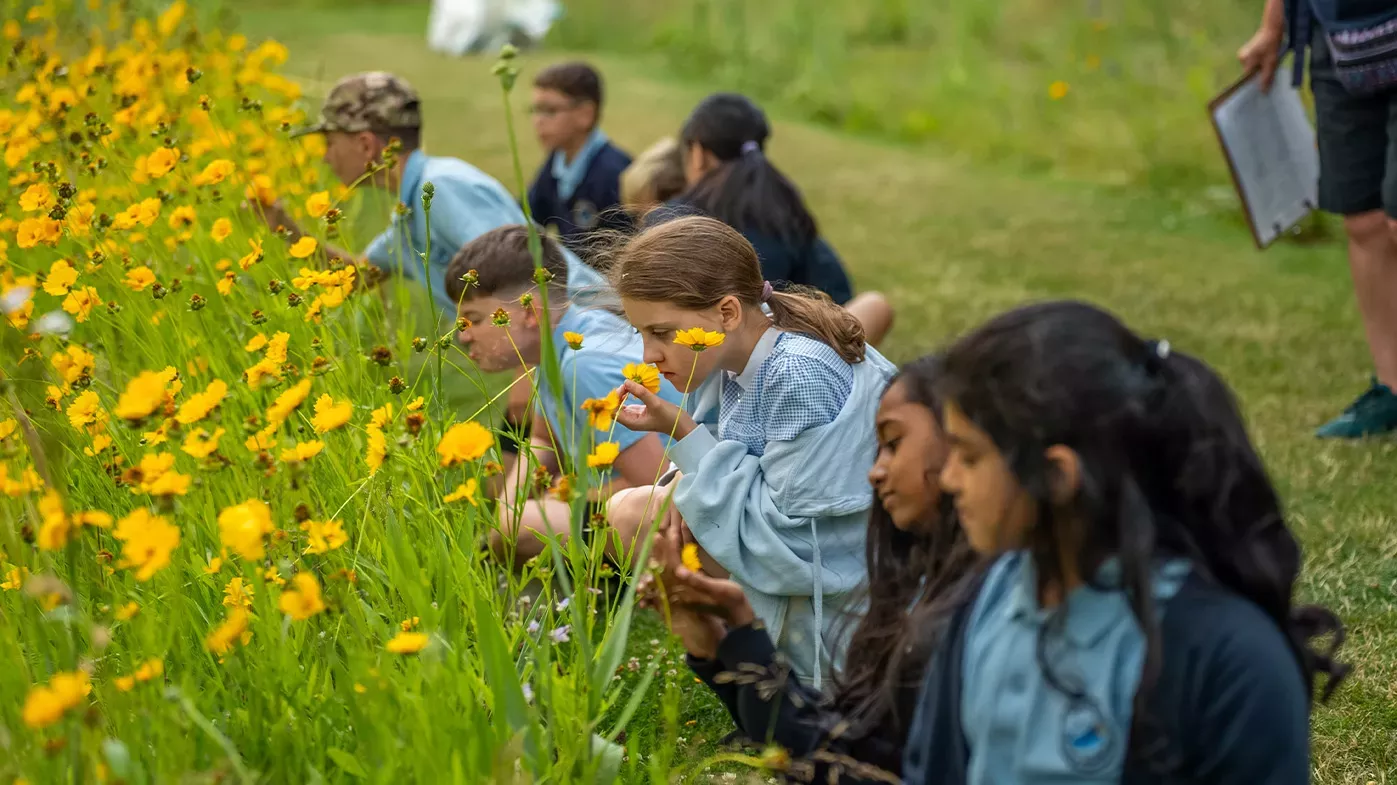

5. How do we improve the resiliency of our landscape against floods?
We are all dependent on water, but we are increasingly seeing the damaging impact of flooding and drought on our communities and ecosystems.
Our diverse waterscape features wet woodlands, a lake, a reservoir, brooks and wetlands, and these habitats allow researchers to explore how biodiversity influences water movement through a landscape, including in flood and drought scenarios.
Wet woodlands are scientifically interesting habitats because of their ability to store carbon, but we now need to look deeper into the role they play in releasing gases (mostly methane).
The hydrology research at Wakehurst is intertwined with our carbon research, understanding how gas flux and carbon sequestration are influenced by soil moisture.
Onsite, gas flux sensors are being installed in the wet woodlands of Wakehurst, measuring carbon and methane in a hydrologically significant habitat.
Additionally, we're building relationships with institutions such as Royal Holloway University London, Imperial College London and the UK Centre for Ecology and Hydrology (CEH). These partnerships are crucial to collaborative work in hydrological science throughout the UK.

Combining all the research will help us develop green spaces that provide the most benefits to us, our wildlife and our planet.
Nature Unlocked helps to eliminate the guesswork in landscape planning, providing a balance between encouraging biodiversity and mitigating the impact of climate change.
As our research projects develop, we’ll be calling on visitors more for exciting citizen science studies.
Want to be a part of something pioneering? Sign up for our free newsletter to ensure you’re up-to-date with all the latest science news, events and research.
Where we’re heading
A recognised centre for UK biodiversity research
Now that research is underway and we're engaging the public in our pioneering projects, we’re hoping to extend our unique habitats for other researchers to use.
In the next phase, we'll be opening our habitats to interested scientific collaborators to complete research right here in the gardens. This will allow more data to be collected, building the full picture of our ecosystems and the services they provide. From here, we’ll see the impact of our science grow, creating solutions to environmental and social problems in real time.
We’re also expanding our kit and equipment onsite, in line with the high quality research taking place. We’re looking at more long-term technology, such as hydrological sensors, that will monitor habitats continuously. This will provide a clearer picture of how ecosystem functions change over time.
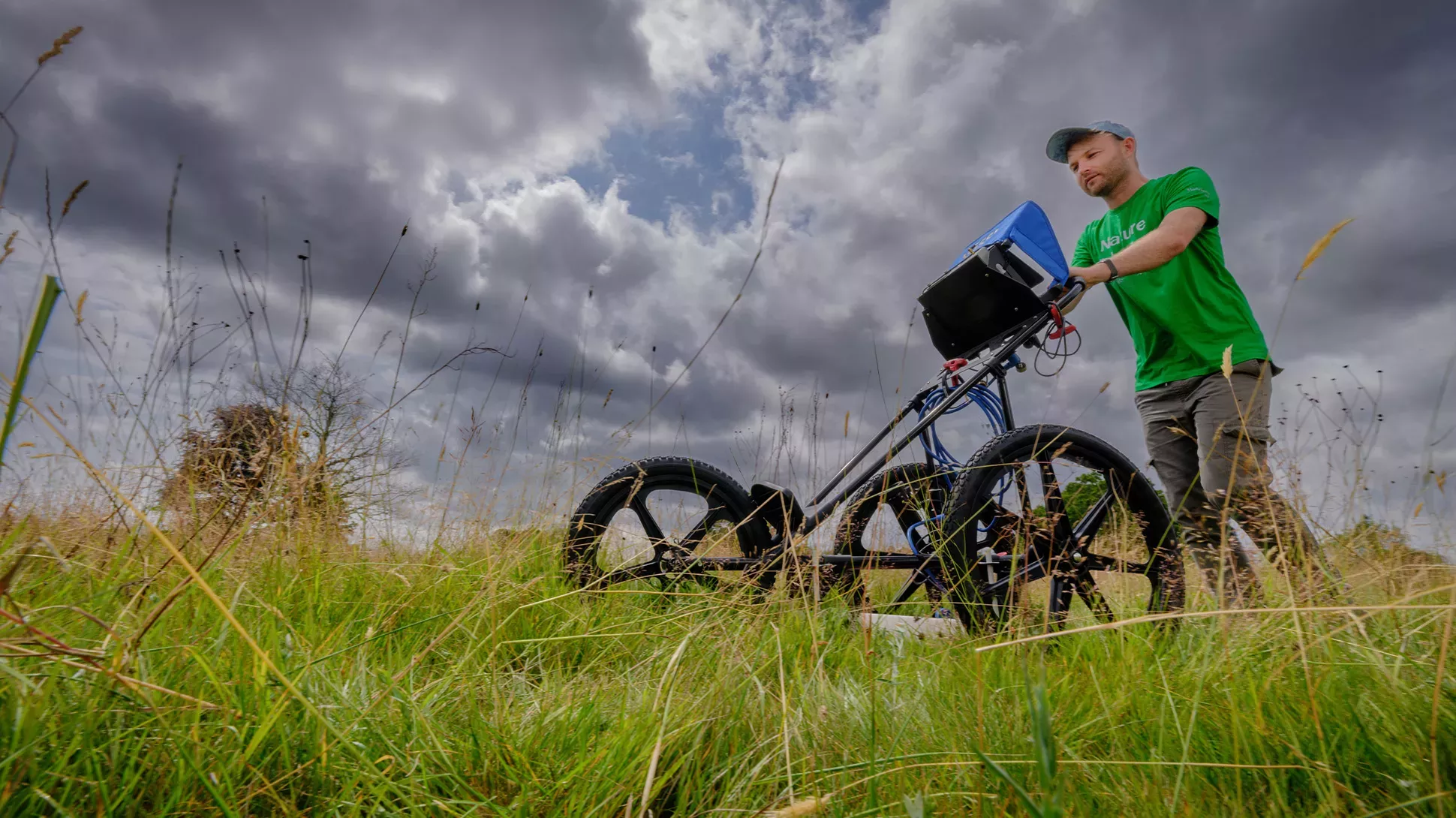
Silk Road Steppe: Creating a stock-take of Wakehurst’s natural capital
Our landscape is expertly managed by our horticulture team, evolving both on its own and with a helping hand.
Over the next few years, a collaboration between our horticulture team and the Millenium Seed Bank will see a new habitat flourishing in the gardens. Our Asian Heath Garden will be transformed into a more well-adapted and resilient Silk Road Steppe.
Using the expertise of our Nature Unlocked scientists, we'll be measuring elements of the landscape before it undergoes this transition. Our pollination team has completed observations to understand the diversity and abundance of pollinators in the landscape as it is, whilst our soil scientists are measuring key aspects of the soil.
This baseline, or ‘stock-take’ will allow our scientists and horticulturists to understand how the changes we make impact the landscape and determine if we have improved the ecological benefits both to nature and humans.
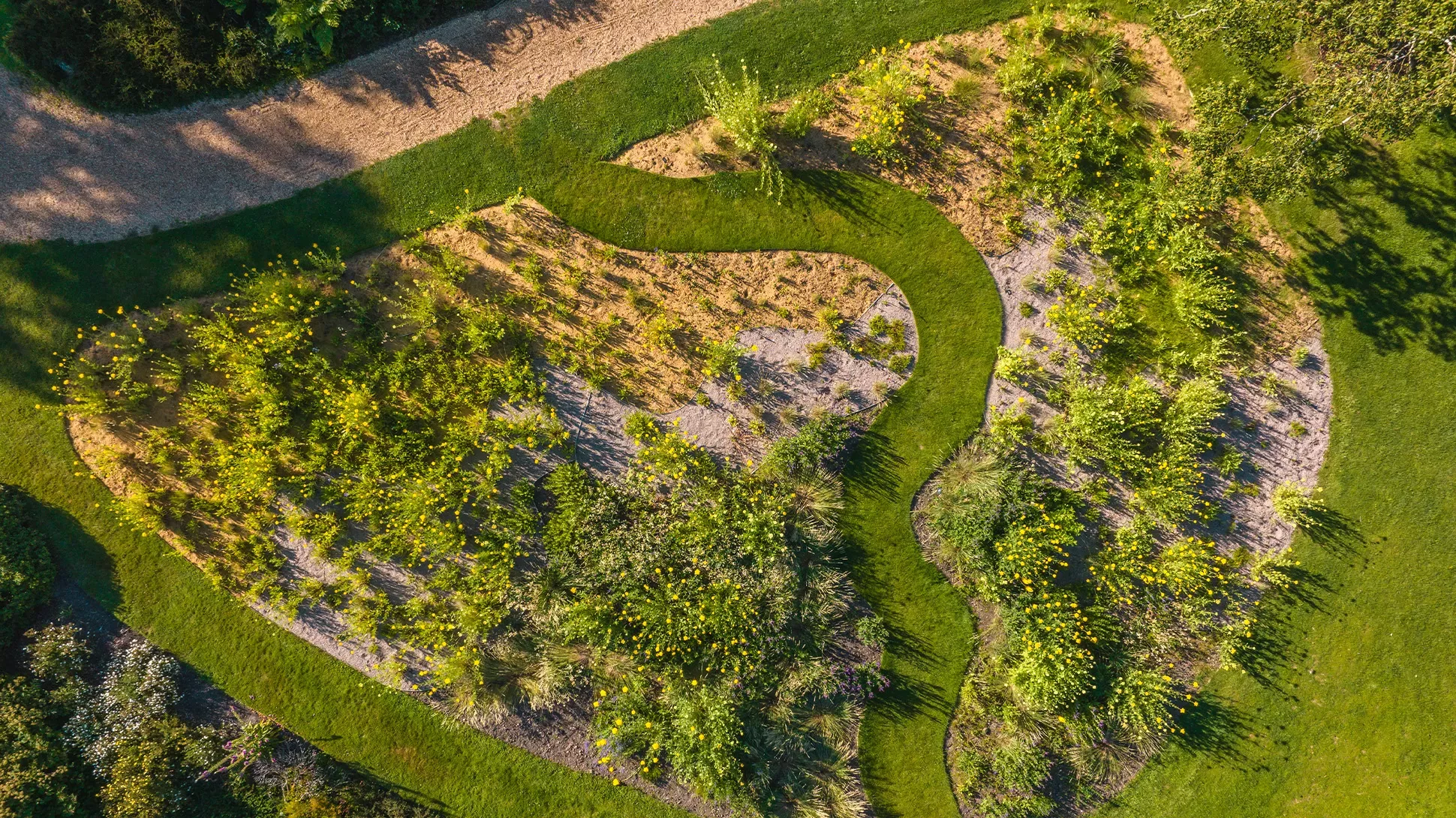
Funders
Nature Unlocked, the Landscape Ecology Programme at Wakehurst is funded by:
- HM Treasury
- Sky Zero
- Mount Anvil & Partners
- Players of People’s Postcode Lottery

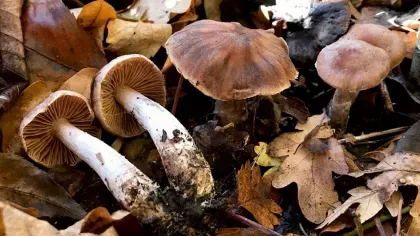
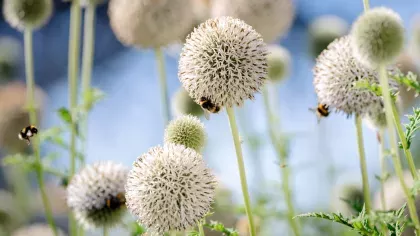
.jpg00a9.webp)